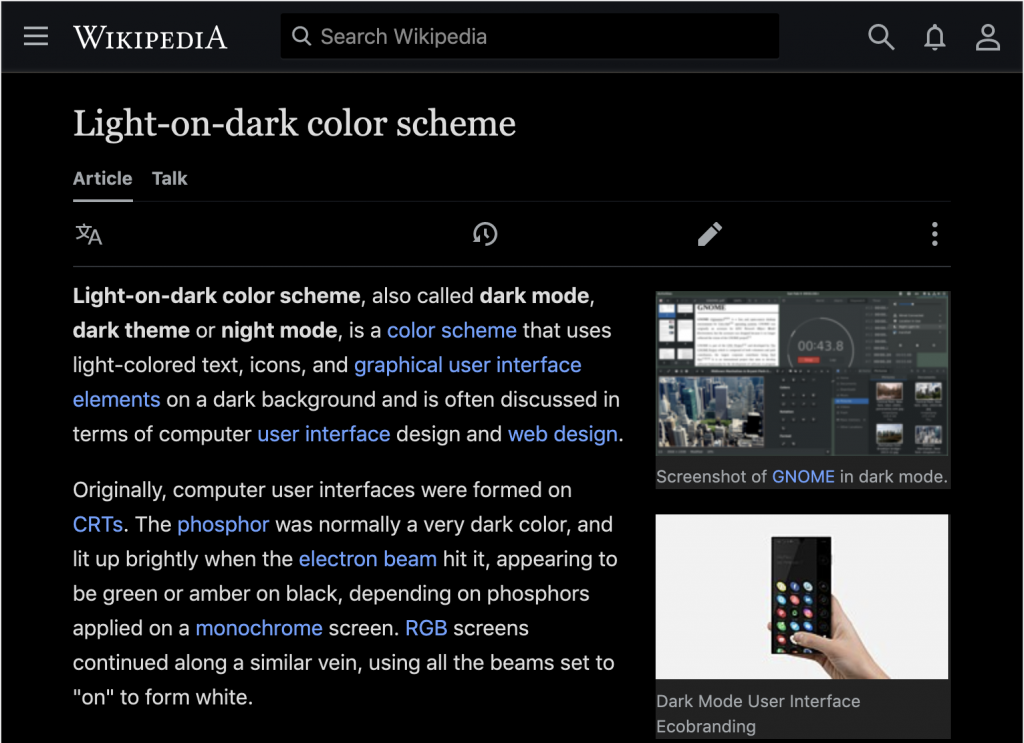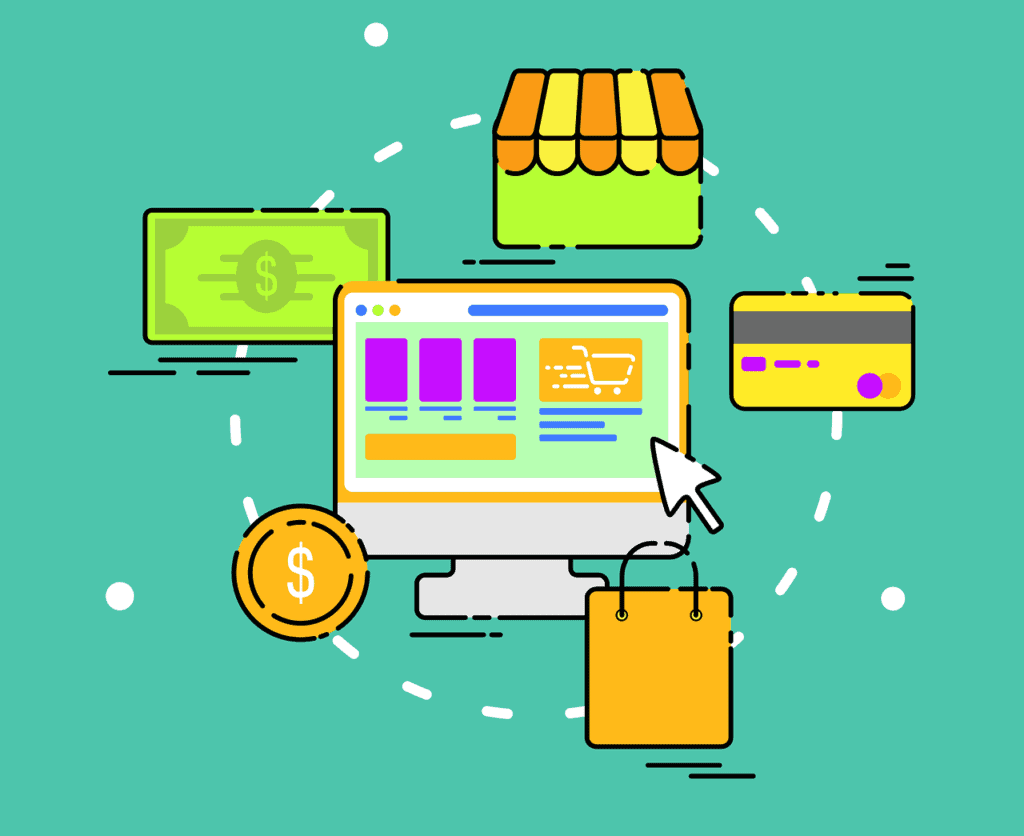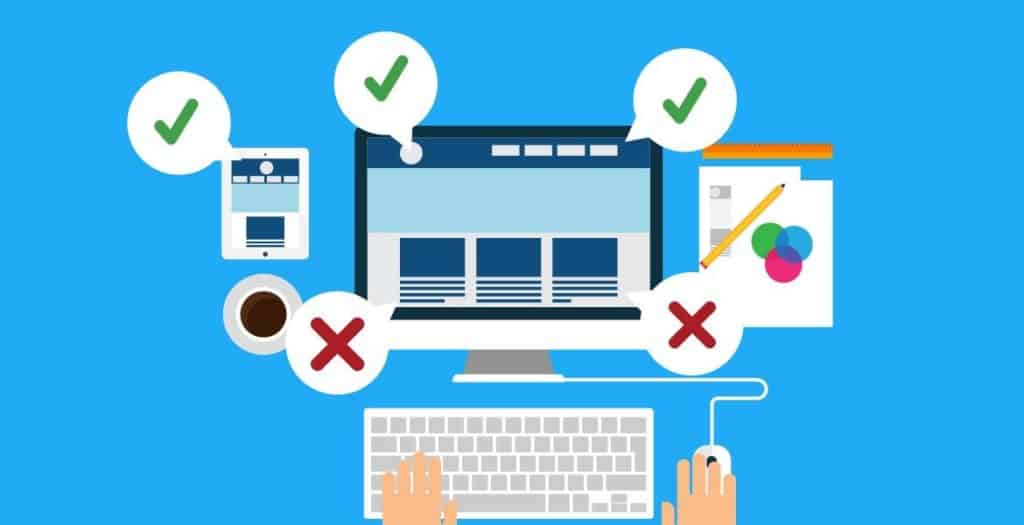In today’s digital era, having a website is critical for all types of businesses, including medical practices. With the exponential rise in active internet users, healthcare businesses must invest in an effective medical website design to remain competitive in the industry. This is where custom websites come in.
According to the Australian Digital Health Agency’s most recent annual report, only 2.69 million of the 23 million individuals who registered for a My Health Record used it in 2020–21. One possible explanation is that the healthcare industry is lagging behind in terms of digital transformation. This makes medical web development a solid strategy to stay ahead of the competition since there’s a high demand and inadequate supply.
When creating a medical website, you should look for a reputable web development company to build the website according to your needs and goals. In this blog post, we’ll look more closely at the advantages of custom websites for medical practices.
Features of a Custom Medical Website
To make sure your medical website gets full benefits, you need to integrate the right features. With the help of a good healthcare web development company, you can create a website that not only represents your practice but also improves the patient experience.
For example, a hospital website can make it easier for individuals to book appointments and secure access to patient medical information.
Here are some essential features that you should incorporate into your healthcare website:
- Services & Price List: The first thing patients want to know is the services offered by your practice and their cost. Make sure this information is easy to find and understand.
- Doctors’ Information: Patients must be interested in learning about the specialists who will treat them. Provide doctor details such as experience, qualifications, and areas of expertise.
- Appointment Scheduling: Patients want the convenience of scheduling appointments online. Make sure to include an online booking system to make it easy for patients to book an appointment with a doctor.
- Online Chat Option: Patients have questions about their health issues and want to communicate with the hospital. Adding an online chat option can improve patient satisfaction and make it easy for them to ask questions.
- Emergency Calling: In case of emergencies, patients need to be able to call the doctor urgently. Make sure this feature is easily accessible on your website.
- Blog: Adding a blog section to your healthcare website can raise patient interest. You can post content related to medical tips, diagnosis methods, and other relevant information.
- Map: An interactive map can help patients find the location of the hospital quickly and easily.
- Feedback Form: Adding a feedback channel to your website allows patients to submit their experiences and helps you improve patient satisfaction.
- Advanced Search: An advanced search feature can help patients find relevant information about the hospital faster.
Advantages of Having a Medical Website
Ensure 24/7 Accessibility
Having a website ensures a 24/7 online presence, allowing patients to gather information at any time from anywhere. This is especially helpful during emergencies when patients promptly need access to medical information.
Build Credibility
A medical website builds credibility and trust among patients. According to a report by Healthcare IT News, over 72% of patients use online reviews to evaluate healthcare providers before booking an appointment. A well-designed and informative medical website can help showcase your expertise, experience, and credentials, making them more appealing to potential patients. Patients are more likely to choose a healthcare provider with a professional-looking website that is easy to navigate and provides them with the information they need.
Provide Relevant Information
A well-organised medical website provides relevant information such as doctor details, contact information, appointment scheduling, and even emergency contact options. It is an effective communication tool that helps patients and medical centers connect quickly.
Save Money
Building a medical website is a cost-effective investment that will yield long-term results. It helps to reach many people at once, and patients can access the necessary information and book appointments online, saving time and effort for both parties.
Comply With Regulations
Having a medical website allows healthcare providers to comply with regulatory and policy requirements set by governing bodies such as the Australian Health Practitioner Regulation Agency (AHPRA) and the Australian Medical Association (AMA). For instance, AHPRA requires all registered health practitioners to clearly identify their qualifications, registration number, and specialty on their websites. Noncompliance with these regulations may result in significant penalties, including suspension or deregistration.
Extend Your Reach
By having a website, you can reach patients beyond your current location. This means that anyone from anywhere in the world can easily find you online and have access to your services with the information provided on the medical website. A full-fledged website can help you have a broader and more diverse customer base, resulting in increased sales and revenue for the business.
Final Thoughts
Investing in a medical website is also a step towards modernisation, allowing healthcare practices to stay abreast of the latest technological developments and trends. A medical website offers numerous benefits to both your healthcare practice and patients.
If you’re looking for an agency experienced in healthcare web design development, Creativ Digital is here to help. Our expert team is committed to providing the best medical web solutions that will help you build a strong online presence for your healthcare business. Schedule a call with us today to learn more about our services and how we can help your healthcare practice thrive in the digital era.
The post Why Custom Websites are Essential for Your Medical Practice appeared first on Creativ Digital.
from Creativ Digital https://ift.tt/aXuzV8e









